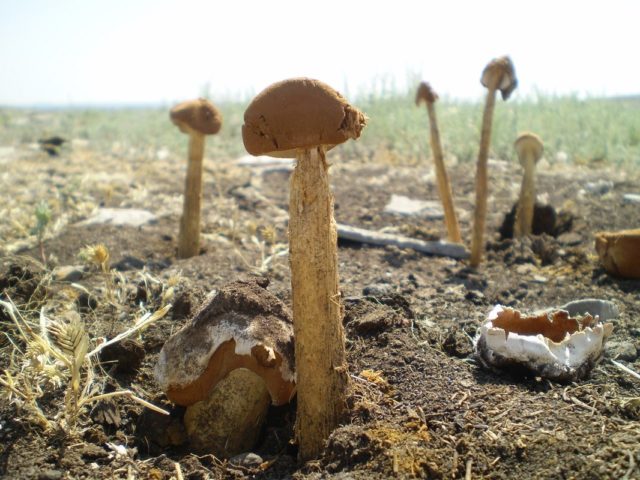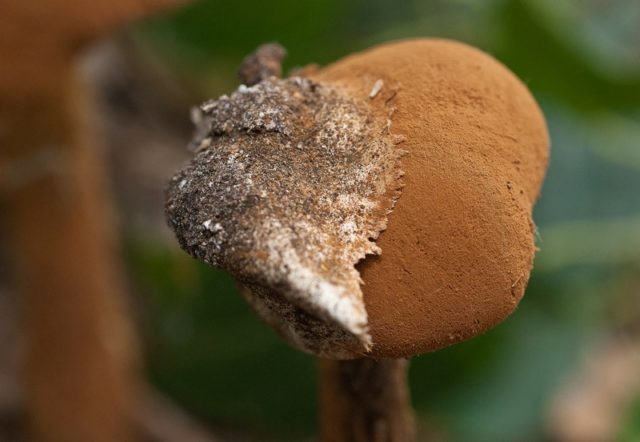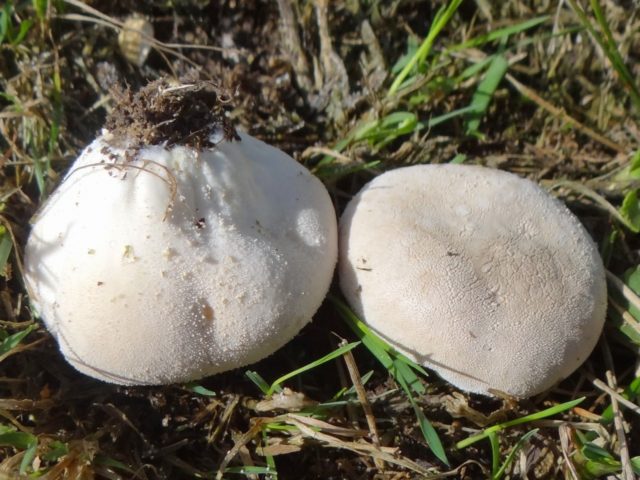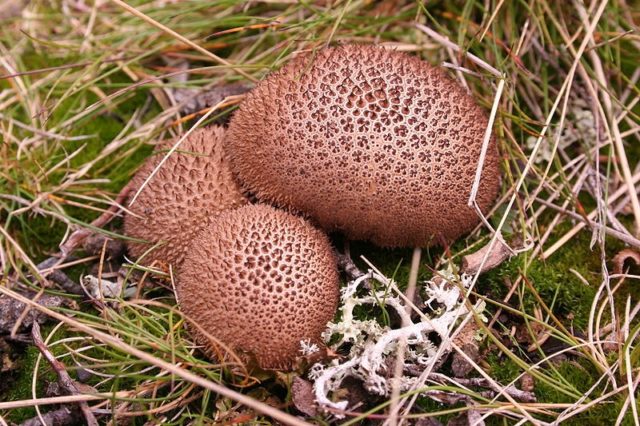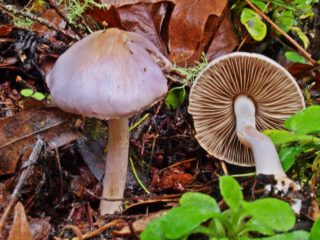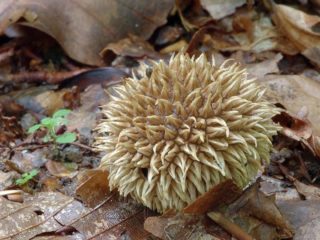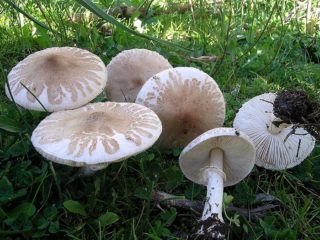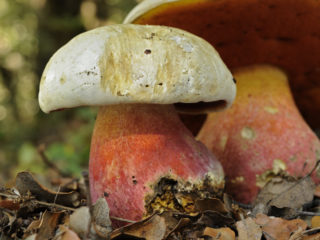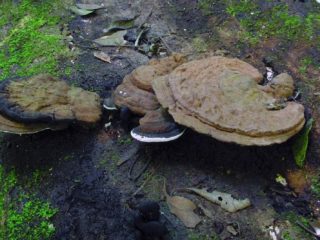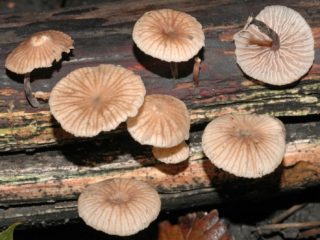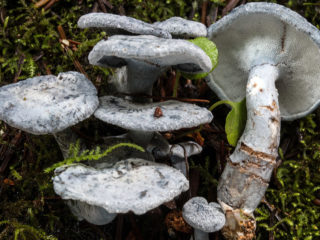Content
The Battarrea phalloides mushroom is a rare fungus belonging to the Agaricaceae family of the Battarrea genus. It belongs to the relics of the Cretaceous period. It is considered common, but quite rare. By its similar appearance at the egg stage, it was previously identified to the genus Raincoat. A young specimen in the period of not yet ruptured endoperidia bears a resemblance to cap mushrooms.
Where does battarreya veselkovaya grow
Veselkovaya battarrey is considered a rather rare species due to the peculiarities of the soil where it grows. Listed in the Red Book of Rostov and Volgograd regions.
The area of its distribution is the countries of Central Asia (Kyrgyzstan, Uzbekistan, Kazakhstan, Mongolia), on the territory of the Russian Federation it can be found in the Arkhangelsk, Volgograd, Novosibirsk regions, Minusinsk, as well as in the Caucasus and the Altai Republics. In addition, the mushroom is common in countries such as:
- England;
- Germany;
- Ukraine;
- Poland;
- Algeria;
- Tunisia;
- Israel.
And also in some states of North and South America, even in the Sahara Desert.
Prefers dry sandy-clayey soils. Usually inhabits semi-desert areas, desert steppes, loams, rarely in sandy deserts.
It grows in small groups, where only a few fruit bodies are located nearby. Mycorrhiza does not form with tree roots due to the fact that trees do not grow in their habitat.
Fruiting twice a year:
- in the spring - from March to May;
- in autumn - from September to October.
What does battarreya veselkovaya look like
A young mushroom battarreya veselkovaya has a spherical or ovoid fruiting body up to 5 cm in transverse length, located underground. As it grows, the cap differentiates, the stem becomes well developed, a mature mushroom grows in length up to 17-20 cm.
The exoperidium of battarreya veselkova is rather thick, two-layered. The upper layer has a leathery surface, the inner one is smoother. As it grows, the outer part cracks, forming a volva in the form of a bowl from below near the leg. Endoperidium is white, its shape is spherical. Kind of breaks appear along the circular line. The upper, detached hemispherical part, on which the gleb is located, remains on the pedicle. The spores themselves remain uncovered, which allows them to be easily blown away by the wind.
The flesh of the cap on the cut has transparent fibers and a large amount of spore mass. Due to the movement of fibers (capillaries) under the influence of the wind, and changes in air humidity, spores are scattered. In a mature battarreya, the veal pulp becomes dusty and remains in this state for a long time.
Disputes under a microscope are spherical or slightly angular, often with a ribbed projection.Their shell is three-layer, where the outer layer is colorless, finely warty, the second is brown, and the last is also transparent, colorless. The spore powder itself is dark, rusty or brown in color.
The leg of a young specimen is inconspicuous; in a mature mushroom, it is fully developed. At the base and under the cap, it is narrowed, more swollen in the middle. Less often, its shape can be cylindrical. The surface is covered with yellowish or brown scales. In height, the leg can reach up to 15-20 cm, and in thickness - only up to 1-3 cm. Inside it is hollow and with a bunch of shiny, white, silky, parallel hyphae. The pulp is fibrous and woody.
In the embryonic stage of the battarreya veselkovaya outwardly resembles some representatives of the Raincoats, namely meadow and brown, which are conditionally edible. It was thanks to this similarity that it was originally prescribed to this genus.
Is it possible to eat the jolly battarrey
Battarreya Veselkovaya belongs to a number of inedibles, because of its hard woody fruiting body, it is not eaten.
In the egg stage, the battarrey can still be used to prepare some dishes. But since the mushroom is quite rare and grows only under certain conditions, it is very difficult to find young specimens. They have no special nutritional value. The gastronomic quality is very low, the smell is rather unpleasant, reminiscent of a dog mushroom.
Veselkovaya does not accumulate poisonous substances, therefore, they do not bring much harm to a person, as well as benefit.
Conclusion
Battarreya Veselkovaya has an unusual appearance, in height it can reach significant sizes. It is thanks to the long stem, which carries the spore-bearing gleb to a more significant height above the ground, that the battarrey has a high degree of dispersion of spore powder in the open spaces of semi-deserts and steppes.
